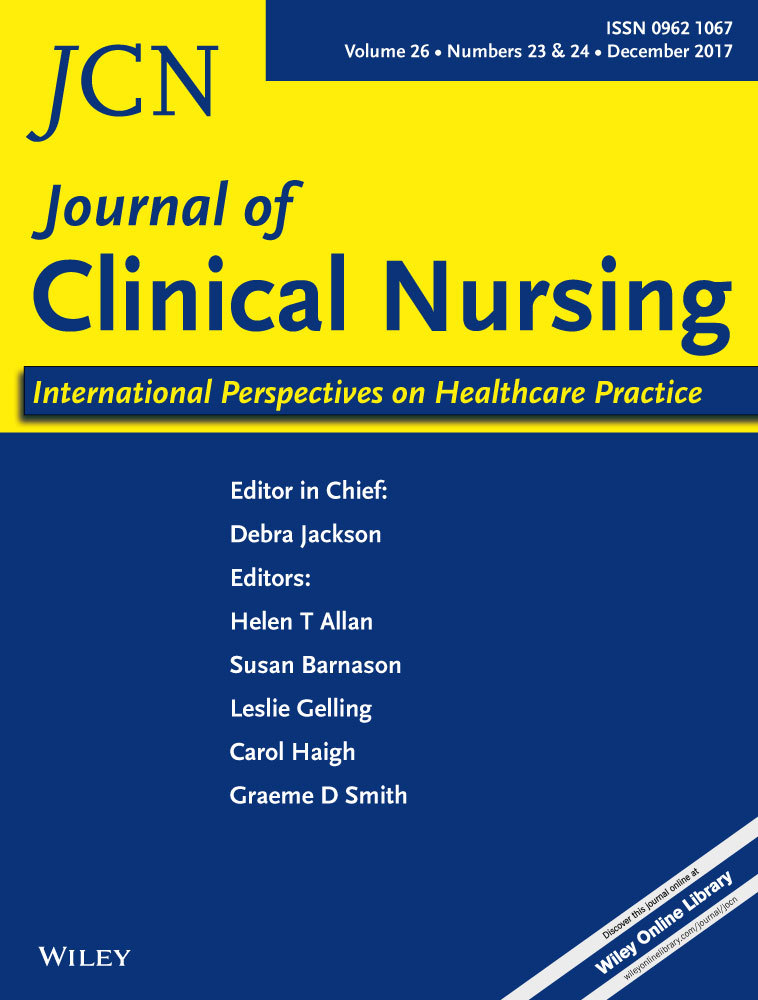Risk factors for the development of post-traumatic stress disorder and coping strategies in mothers and fathers following infant hospitalisation in the neonatal intensive care unit
Abstract
Aims and objectives
The aim of this study was to identify the potential risk factors for the development of post-traumatic stress disorder in mothers and fathers following infant hospitalisation in the neonatal intensive care unit.
Background
The development of neonatal intensive care units has increased the survival rate of infants. However, one of the major parental problems is post-traumatic stress disorder.
Design
An observational study covered 125 parents (72 mothers and 53 fathers) of infants aged 3–12 months who were hospitalised in the neonatal intensive care unit during the neonatal period.
Setting
Third-referral neonatal intensive care unit. Several standardised and self-reported research tools were used to estimate the level of post-traumatic stress symptoms (Impact Event Scale—Revised), perceived stress (Perceived Stress Scale) and coping strategies (COPE Inventory). The respondents also completed a Parent and Infant Characteristic Questionnaire.
Results
The mothers and fathers did not differ in their parental and infant characteristics. Post-traumatic stress disorder was present in 60% of the mothers and 47% of the fathers. Compared to the fathers, the mothers felt greater stress (p = .020) and presented a higher severity of post-traumatic stress disorder (p < .001). Previous miscarriages (p = .023) and the presence of chronic diseases (p = .032) were risk factors for post-traumatic stress disorder in the mothers. In the fathers, an Apgar test at 1 min after birth (p = .030) and a partner's post-traumatic stress disorder (p = .038) were related to post-traumatic stress disorder. The mothers compared to the fathers were more likely to use strategies such as: positive reinterpretation and growth, focusing on and venting of emotions, instrumental social support, religious coping and acceptance. In the fathers, the predictors included an Apgar score at 1 min after birth, a lack of congenital anomalies in the child and mental disengagement.
Conclusion
Risk factors for post-traumatic stress disorder, as well as coping strategies, differ in women compare to men.
Relevance to clinical practice
Knowledge of risk factors for post-traumatic stress disorder, specific to men and women, may help identify the parents in whom probability of the occurrence of this disorder is increased.




